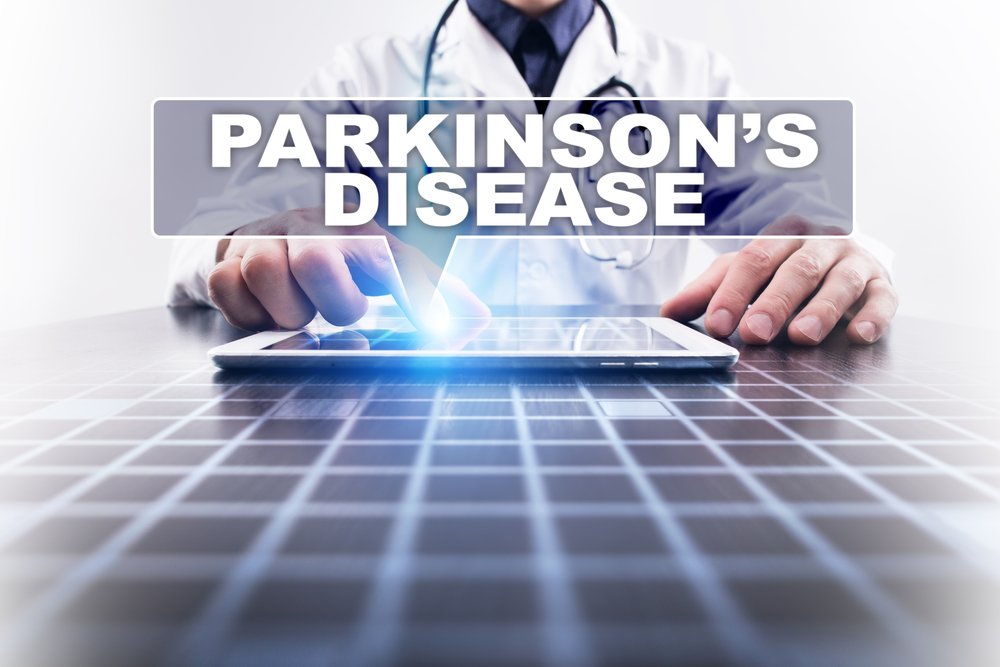Dopamine Depletion Not Associated with Non-motor Symptoms in Key Parkinson’s Brain Area, Study Shows

Dopamine depletion in a brain region called the striatum does not correlate with the severity of non-motor symptoms in patients with Parkinson’s disease, according to a new imaging study.
The research, “Lack of association between dopamine transporter loss and non-motor symptoms in patients with Parkinson’s disease: a detailed PET analysis of 12 striatal subregions,” was published in the journal Neurological Sciences.
Loss of dopamine-producing neurons in a brain area called substantia nigra and reduced release of this neurotransmitter in the striatum — a brain region that plays a critical role in motor and reward systems, as well as several aspects of cognition — leads to the development of hallmark Parkinson’s motor symptoms.
Abnormal accumulation of misfolded alpha-synuclein protein further leads to progressive loss of neurons.
In contrast to motor manifestations, the link between dopaminergic deficits in the striatum and Parkinson’s diverse non-motor symptoms — that may include sleep disturbances, constipation, depression, pain, fatigue, urinary difficulty or dementia — is still controversial.
To address this gap, researchers used an imaging technique called positron emission tomography (PET) with a radioligand (a radioactive-labeled chemical compound) to investigate the correlation between non-motor symptoms and dopaminergic deficits in 12 subregions of the striatum.
The scientists used diverse scales for symptoms that included depression, anxiety, fatigue, sleep quality, global cognition and executive function, which comprises goal-directed actions and adaptive responses.
The study included a total of 41 Parkinson’s patients (53.7% men, mean age 67.5 years, mean disease duration 2.3 years). Activity of the dopamine transporter (DAT) protein — responsible for the uptake of dopamine into neurons — and dopamine concentration were calculated in each subregion of the striatum.
“To the best of our knowledge, this study was performed with the most segmentalized subdivisions of the striatum as well as the most numerous nonmotor symptoms,” researchers wrote.
Motor symptoms were evaluated using the Unified Parkinson’s Disease Rating Scale-part III, cognitive function with the Montreal cognitive assessment, and executive function with the frontal assessment battery. The Beck depression inventory, Beck anxiety inventory, Parkinson’s disease sleep scale, fatigue scale, and non-motor symptoms scale (NMSS) also were used.
Want to learn more about the latest research in Parkinson’s Disease? Ask your questions in our research forum.
The results showed that the higher the dopamine depletion in all striatal subregions, the greater the severity of motor complications. As for non-motor symptoms, a simple statistical correlation revealed that depression was associated with dopamine depletion in the left anterior putamen (AP), bilateral posterior caudate nucleus (PC), posterior putamen (PP), and ventral putamen (VP); anxiety was linked with the left posterior putamen and VP; sleep disturbances were associated with the left anterior caudate nucleus (AC), bilateral PC, and bilateral PP; and the NMSS score correlated with left AC and ventral striatum, and bilateral PC, AP, PP and VP. Cognitive function and fatigue did not correlate with any striatal subregion.
However, upon using a more complex statistical method (multiple linear regression analysis) to determine which specific parameter might be independently associated with dopaminergic depletion of striatum, the team found that dopaminergic depletion in all 12 subregions was not related to any of the non-motor symptoms. In contrast, dopaminergic deficit in the right AP and PP were associated with motor symptoms’ severity.
“Striatal dopaminergic depletion was not significantly correlated with any of the various non-motor symptoms in [Parkinson’s],” researchers wrote.
Noting that a prospective study with more participants is required to confirm the findings and that dopaminergic medications may have affected non-motor symptoms, scientists added that the findings suggest that “non-dopaminergic systems are significantly implicated in the pathogenesis of non-motor symptoms in patients with [Parkinson’s].”






